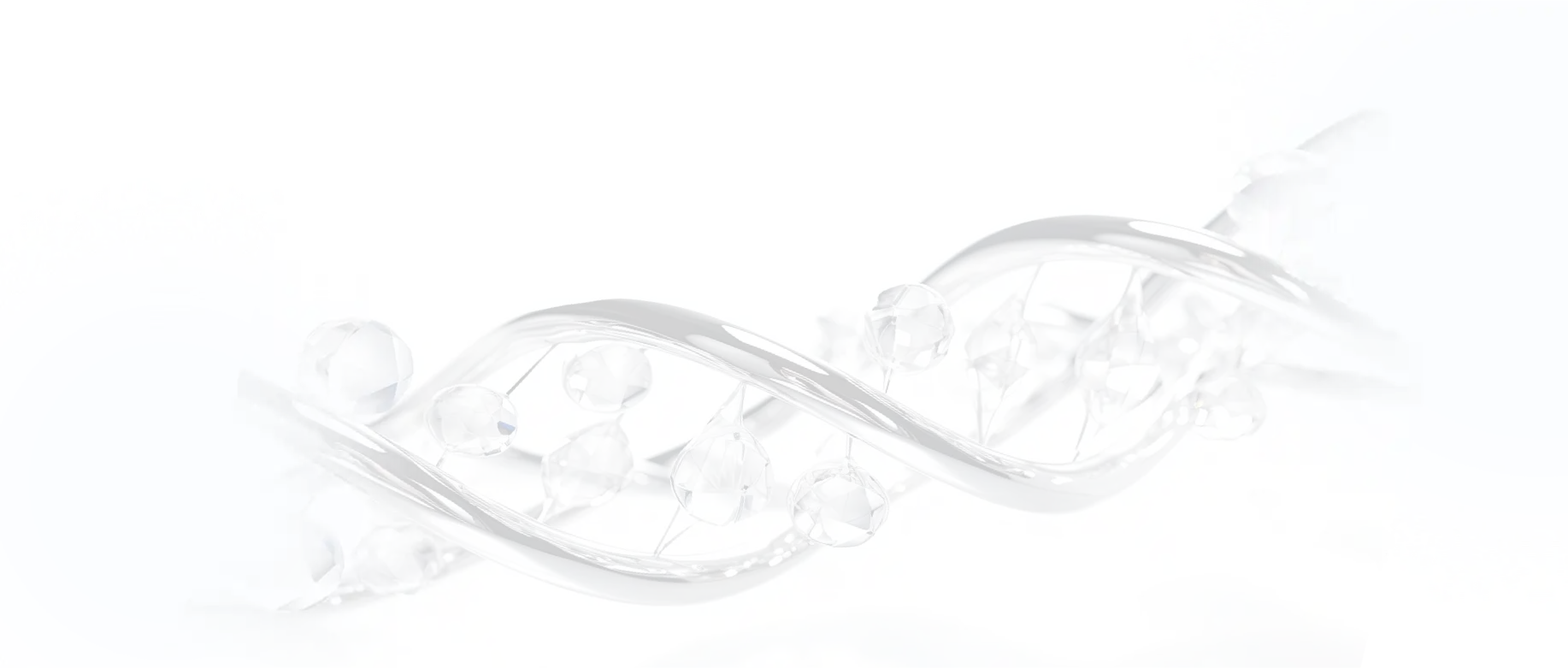PBCRBS Traditional Chinese Medicine Compound Library
Catalog No. L6750
The concept of "Promoting Blood Circulation for Removing Blood Stasis" (PBCRBS) is an important theory and therapeutic principle in traditional Chinese medicine (TCM). Common traditional Chinese medicines for PBCRBS include Ligusticum chuanxiong, Persica, Boswellia, and Myrrha, etc. These herbs are often characterized by pungent (xin), bitter (ku), and warm (wen) properties, allowing them to invigorate blood circulation and dispel stasis, exhibiting PBCRBS. Modern pharmacological research has shown that traditional Chinese medicines for PBCRBS have effects of improving hemodynamic abnormalities, hemorheological abnormalities, microcirculation disorders; resisting thrombosis, atherosclerosis, myocardial ischemia; inhibiting tissue abnormal proliferation, tumor growth; and shows analgesic effects. They are widely used in the treatment of cardiovascular and cerebrovascular diseases, diabetes, cirrhosis, and other conditions, demonstrating significant clinical efficacy and showing promising application.
Traditional Chinese medicines have multiple components and targets. The active components of a single TCM are diverse and each has different functions. An active component can influence multiple pathways. For example, curcumin, an active component of turmeric, can treat atrial fibrillation (AF) in rats by affecting the interleukin-17 (IL-17) signaling pathway. It can also exert neuroprotective effects in rats by activating the cyclic AMP response element-binding protein (CREB)/brain-derived neurotrophic factor (BDNF) signaling pathway.
To study the main active components and their mechanisms of action in PBCRBS TCMs, TargetMol has curated a library called "PBCRBS Traditional Chinese Medicine Compound Library" which consists of 1072 compounds.
All products from TargetMol are for Research Use Only. Not for Human or Veterinary or Therapeutic Use.
Resource Download
Library compound info
Excel
SDF
Contact us for more batch information Your shopping cart is currently empty
Your shopping cart is currently empty




